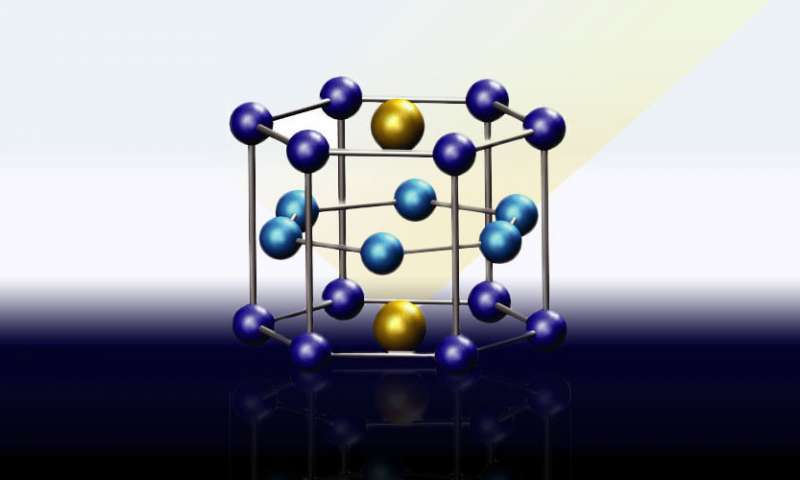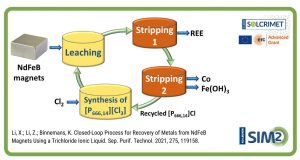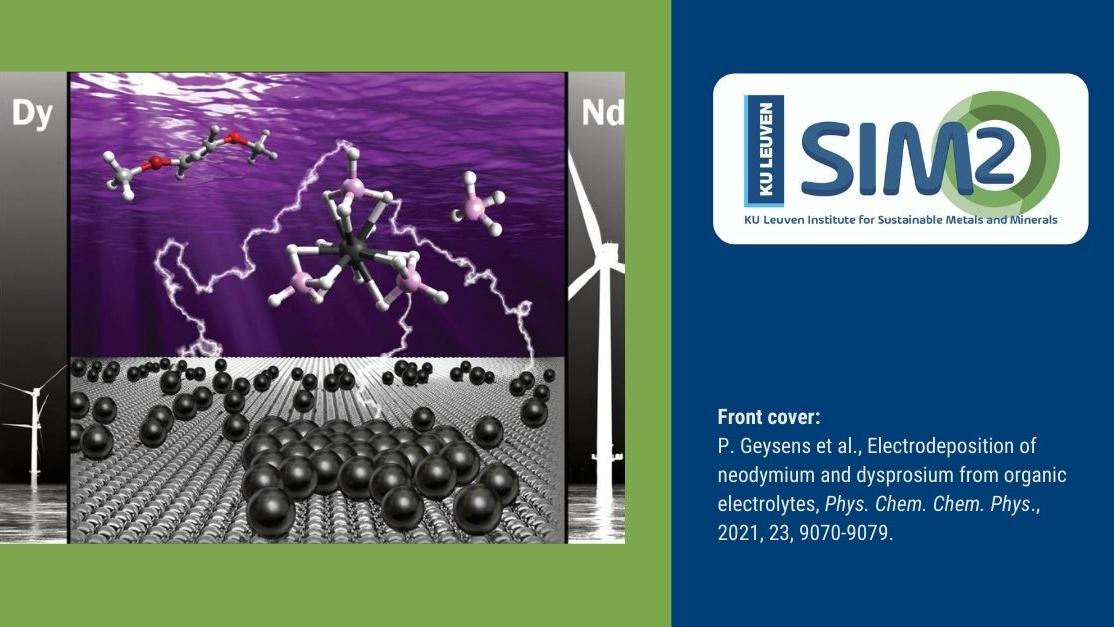Lawrence Livermore National Laboratory researchers have developed a new, more efficient permanent magnet that removes the deficiencies of conventional samarium and neodymium magnets.
More modern neodymium magnets have an advantage over SmCo5 because of their greater maximum energy. But the new magnet removes most of the disadvantages of SmCo5 while preserving its superior high-temperature efficiency over the neodymium magnets.
Unfortunately, substituting all cobalt atoms for iron,—which has a larger magnetic moment that helps increase the maximum energy product—makes the ordinary hexagonal phase thermodynamically unstable. This phase, however, is critical for the materials properties and it must be retained for a practical magnet. The Lab researchers were able to circumvent this problem and stabilize the hexagonal phase by adding a small amount of nickel.
Using first-principles electronic-structure calculations, Lawrence Livermore scientists Per Soderlind, Alexander Landa, Daniel Aberg, Marcus Dane and Patrice Turchi found that their new magnet (SmCoNiFe3) has very promising magnetic properties and could replace SmCo5 or neodymium magnets in various applications.
The new efficient permanent magnet substitutes most of the cobalt in SmCo5 with iron and dopes it with a small amount of nickel. “This is a very timely discovery because the cobalt prices are up and have nearly doubled this year because of the anticipated demand for lithium-ion-cobalt batteries,” Soderlind said. “Iron, on the other hand, is abundant and very inexpensive.”
The researchers also have filed a provisional patent based on this research.
Uppsala University and Ames Laboratory researchers also contributed to the research, which appears in the Sept. 14 edition of the journal Physical Review B .
More information: P. Söderlind et al. Prediction of the new efficient permanent magnet SmCoNiFe3, Physical Review B (2017). DOI: 10.1103/PhysRevB.96.100404
Source: https://phys.org/news/2017-10-magnet-deficiencies-conventional-samarium-neodymium.html

 European Training Network for the Design and Recycling of Rare-Earth Permanent Magnet Motors and Generators in Hybrid and Full Electric Vehicles (DEMETER)
European Training Network for the Design and Recycling of Rare-Earth Permanent Magnet Motors and Generators in Hybrid and Full Electric Vehicles (DEMETER)




